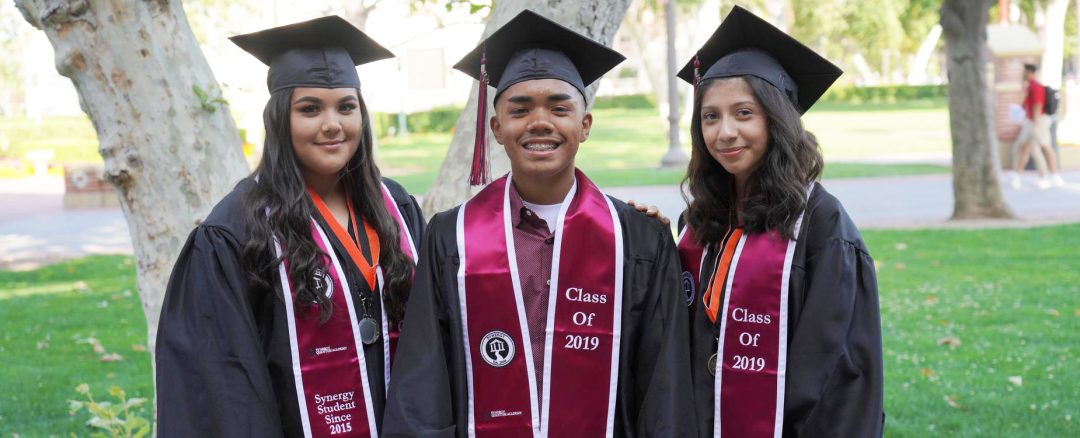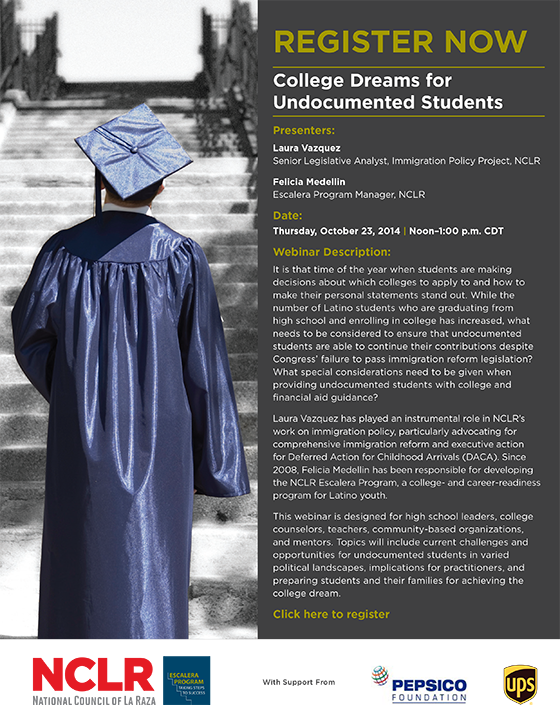What the U.S. Department of Education’s Recent Student Loan Policy Actions Mean for Latino Borrowers
Over a year into the COVID-19 pandemic, the U.S. Department of Education (ED) released new student loan policies to provide permanent and temporary financial relief to a targeted set of borrowers. These are in addition to the temporary relief policies currently in effect until September 30, 2021, such as the student loan payment pause, halt on collections, and 0% fixed interest rate. Not all borrowers benefit, though; those with private student loans or certain older varieties of federal student loans are excluded due to those loans being held by private agencies. For borrowers to experience the real monetary benefits of these policies, federal administrative processes should be clearly outlined. ED began prioritizing this work by making changes to current administrative barriers to actual loan relief by withdrawing a partial loan relief policy and extending COVID-19 relief policies to certain borrowers owing on commercially held loans.
Rescinding Former Secretary Betsy DeVos’s Partial Loan Relief Policy
On March 18, ED rescinded the previous administration’s partial loan relief policy which impacts borrowers who were defrauded or misled by mostly for-profit colleges. Under the Higher Education Act, the borrower defense rule provides a pathway for students who experienced some form of deceit by their institution with a reduction or total cancellation of their student loans if they present a strong case to ED. Over 200,000 borrowers have made their case and are waiting for their applications to be approved or receive some or full cancellation. When Secretary DeVos issued the partial loan relief policy, the over 16,000 already-pending borrower applications were blocked from receiving a fair and sufficient road to loan relief. The new policy determined cancellation not simply based on the borrower’s case but added an additional test based on a borrower’s earnings. The test was methodically flawed and in practice could have denied, according to one analysis, 80% of borrowers from receiving at least 75% of their loans cancelled.
Keep up with the latest from UnidosUS
Sign up for the weekly UnidosUS Action Network newsletter delivered every Thursday.
Secretary Cardona withdrew the harmful policy and intends to implement a streamlined approval process for borrowers to receive the full cancellation they deserve. ED claimed in their announcement that 72,000 borrowers will benefit, totaling $1 billion in loan relief. However, the process and timeline for debt cancellation for borrowers is unclear, leaving borrowers with a promise but no loan balance change.
Extending COVID-19 Student Relief Policies to Certain FFELP borrowers
At the tail end of March, ED announced its second student loan related policy. It extended COVID-19 temporary emergency relief policies to the Federal Family Education Loan Program (FFELP) loans. Originally, all FFELP borrowers were ineligible for loan assistance because they are held by private entities, but ED found that it could legally authorize some emergency support to defaulted FFELP borrowers. An estimated one million defaulted borrowers will stand to benefit from the payment and collection pause and 0% interest rate. Other vital borrower supports include credit score restoration, refunds for collections dating back to the start of the pandemic (March of 2020), and the ability to rehabilitate their repayment status.
The overall impact of this policy shift is significant but continues to leave out an estimated 5.1 million FFELP borrowers and 2.4 million private student loan borrowers. While targeted to those proving to already be struggling the most—FFELP borrowers in default—the rest of the pool of borrowers deserve support as they aim to avoid entering into delinquency or default.
Do Latino Borrowers Stand to Benefit?
While most Latino borrowers are eligible for the COVID-19 emergency relief policies, they continue to experience financial distress related to repaying their loans. In a recent study, Latinos with some college but no degree reported higher levels of financial stress and trouble with making student loan payments during the pandemic compared to non-Latinos. And since the beginning of the student loan payment pause, Latino borrowers in California who took advantage of the payment pause reported that they diverted their student loan payments to cover food, mortgage or rent payments, and utility bills. When asked about their confidence to resume making student loan payments in the next year, 28% were not confident in their ability to resume payments.
If managed well, ED’s recent announcements could provide a real road to recovery for Latino borrowers in default or struggling to keep up with loan payments. The partial relief policy for example would assist Latino borrowers who were unfairly targeted by for-profit colleges. Latinos today continue to be overrepresented at for-profit colleges, hold the most debt from these institutions, and experience the worst outcomes in student loan repayment. For instance, Latinos in the 2003-2004 entering cohort attending for-profit institutions are nearly four times as likely to default within 12 years compared to Latinos who did not attend a for-profit institution.1 And while it is difficult to accurately assess the share of Latino borrowers who hold commercially held FFELP loans, one in four Latinos in the same 2003-2004 cohort took out a FFELP loan.2
Another important population who will not benefit from ED’s promising student loan provisions are undocumented students who decided to pursue a postsecondary degree in the US. Due to their immigration status, DACA, DACA eligible, TPS, and other undocumented youth are systematically excluded from accessing federally backed loans. As a result, undocumented youth are pushed into the private student loan market to cover the total cost of attendance. Latinos take out private student loans at similar rates to their White counterparts, yet are twice as likely to be in non-payment based on economic hardship (15.3% vs. 6.7%, respectively). These loan products tend to provide consumers with higher interest rates, limited repayment plan flexibility in the event of hardship, and default after missing one payment. These terms present Latino borrowers with mounting economic consequences preventing them from saving, owning a home, or pursuing additional education.
ED has taken positive steps to rectify the fractured federal loan system. They recently announced a long-awaited regulatory agenda which includes multiple changes to the student loan system. In the coming months, as ED begins to work through their regulatory process, more work is needed to rectify the fractured federal loan system and to ensure all borrowers receive appropriate relief regardless of their loan type or repayment status. The following principles could simplify the management of federal student loan programs and provide relief, so borrowers have a secure onramp to economic recovery. Before student loan payments resume, ED should take up the following student loan principles.
- Make it easy for borrowers to enroll in income-driven repayment plans and improve (IDR) terms for low-and moderate-income individuals by ensuring payments are calculated at 8% of discretionary income above 250% of the poverty line.
- Cancel federal student loan debt to borrowers who were defrauded by their institution and/or experienced a school closure while enrolled.
- Make the Public Service Loan Forgiveness program work by cancelling the federal student loan debt of public service workers who have served for a decade or more.
- Before any action to restart the student loan repayment system, debt relief should be delivered to borrowers via executive action. Until this promise is delivered, COVID-19 emergency relief policies should be extended and cover all forms of federal and private student loans.
With a key eye toward equity, Latino borrowers would benefit from the Education Department’s latest policy announcements and regulatory agenda.
-Author Amanda Martinez is an UnidosUS Education Policy Analyst.



